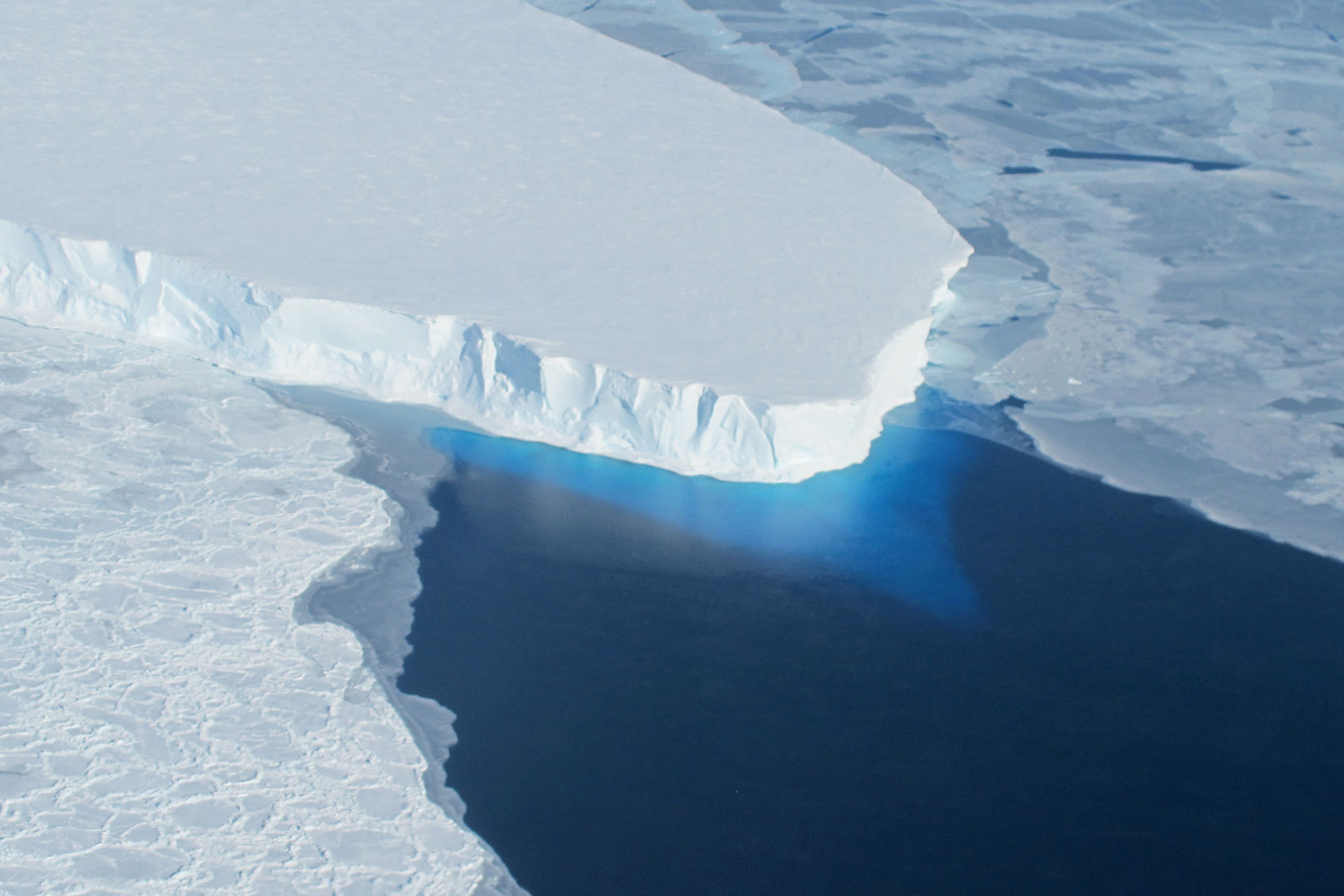Thwaites Glacier goes by an arguably unflattering nickname, the "Doomsday Glacier," and there is a very understandable reason for this. The western Antarctic natural wonder is roughly the size of Florida at 4,000 square miles (192,000 square kilometers), and if it melts, that would be a disaster for humanity. If it collapses on its own, Thwaites will cause sea levels to rise by roughly two feet (65 centimeters). Like an icy domino, however, Thwaites' collapse could trigger other melting events, ultimately increasing sea levels by an estimated 10 feet (3 meters).
That is why scientists reporting in the journal PNAS, and led by the University of Houston, are so concerned. After analyzing the marine sedimentary record to review the glacier's history going back 10,000 years, they discovered that Thwaites began losing large amounts of ice as far back as the 1940s.
To ascertain this, the researchers obtained samples from various locations near both Thwaites and the nearby Pine Island Glacier. By doing so they learned that an extreme El Niño climate pattern likely warmed the west Antarctic's waters between 1939 and 1942. When combined with the effects of human-caused climate change (which already existed back then, though less intense than today), Thwaites barely stood a chance: The glacier rapidly lost an unusually large amount of ice during that period.
"Our work provides robust new evidence that glacier retreat in the Amundsen Sea was initiated in the mid-twentieth century, likely associated with climate variability," the scientists write in their paper. "The glacier is significant not only because of its contribution to sea-level rise but because it is acting as a cork in the bottle holding back a broader area of ice behind it," University of Houston geologist Julia Wellner said in a press release.
Antarctica has melted in the past, as recent studies have helped demonstrate, but one thing is clear this round: human activity is making things much worse.


